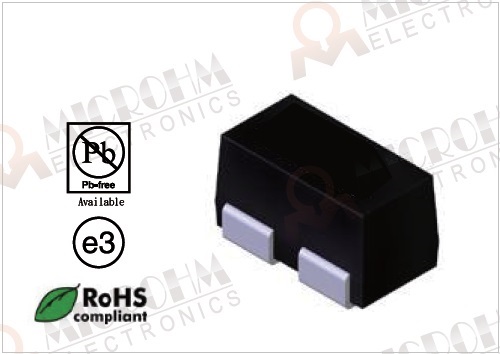Motor controllers used to power, stop and control the speed of a variety of motors must deal with a wide variety of surges due to switching events. When a motor starts, the current draw during the speed ramp-up is excessive, and during this relatively short period of time, the energy surge can cause failure in resistors or other circuit components. If capacitors are used to store energy for motor starting, the current-limiting resistors see excessive loads during the charge/discharge cycles.

Power surge is a common cause of failure in resistors in motor control circuits. Many designers underestimate the potential for damage to resistors and other components resulting from the effects of power surge. Additionally, many engineers will design their circuits for steady-state conditions without realizing that their “worst case” may indeed be power surge instead.
The first step in making sure power surges do not cause resistor failure is to distinguish a surge condition from short-time overload. Short-time overload occurs when an overpower event has a duration of 0.5 seconds or more. This causes the resistive component to heat up, but it also gives the substrate to which the component is mounted time to dissipate the heat generated by the increased current.

In contrast, “surge” occurs over such a short period of time (less than 0.5 s) that the substrate has no chance to help dissipate the heat and it must be completely absorbed by the resistive element. Common causes of surge are capacitor charge/discharge (less than 1 ms) and motor startup (typically less than 0.5 s).











